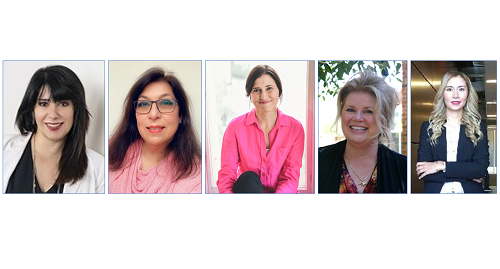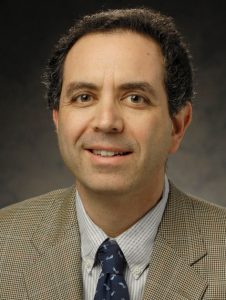Had You Been There | Si vous étiez présent
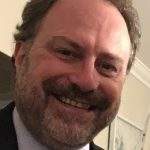 La “Marque Employeur” clé pour votre transformation Lean
La “Marque Employeur” clé pour votre transformation Lean
Par Raymond Dyer, membre ASQ Senior, CMQ/OE, & CQA. (English text follows)
Un sommaire de la présentation d’Alex et Martin Carignan du 26 janvier 2022.
Une notion très intéressante d’utiliser une forte “Marque Employeur” comme facteur clé dans le succès d’une transformation “Lean”. Martin Carignan a, depuis un certain temps, démontré à ses collègues professionnels de la qualité ses compétences et son expérience lorsqu’il s’agit d’expliquer les éléments-clés d’une transformation Lean. Cependant, ce n’est que récemment qu’Alexis Carignan nous a présenté les notions de “Marque Employeur”, en septembre 2021. Les deux notions semblaient complètement différentes; la Marque Employeur étant une philosophie de marketing RH et le Lean étant un modèle de gestion de l’amélioration. Pourtant, les deux se recoupent et encore plus important, se soutiennent mutuellement.
Cette équipe père et fils a d’abord passé en revue les éléments de la Marque Employeur — elle reflète l’expérience qu’une organisation offre à ses employés au quotidien — et lorsqu’elle est bien faite, elle génère une Proposition de Valeur Employé qui inclut des résultats tels que la contribution sociale, les relations, les défis et le développement, l’innovation, l’autonomie, la flexibilité et la responsabilité sociale.
Une transformation Lean implique généralement de passer d’un modèle de gestion basé sur le contrôle et les résultats à un modèle de gestion basé sur l’apprentissage et l’amélioration des processus. Elle s’accompagne de six éléments d’excellence opérationnelle:
1 – Stratégie et objectifs;
2 – Indicateurs de performance et plans;
3 – Développement des capacités (PDCA);
4 – Structure d’équipe et rencontres;
5 – Résolution de problèmes;
6 – Leadership et standards.
Alors, où ces deux approches se chevauchent-elles? En termes simples, dans les domaines où le succès de la transformation Lean dépend de l’obtention de l’apport et de la participation des employés conformément à la Marque Employeur vécue et dans le respect de celle-ci, par exemple en déterminant les indicateurs clés de performance, les plans, les structures d’équipe, et en utilisant les réunions et les indicateurs clés de performance pour identifier les problèmes afin d’appliquer la méthodologie de résolution des problèmes DMAAC.
Il y a eu beaucoup de notions partagées et observées pendant la présentation. Celle qui m’a le plus frappé est que l’utilisation d’une Marque Employeur forte permet d’exploiter intelligemment la collaboration de tout le personnel impliqué dans les processus concernés et non pas seulement d’une poignée d’experts. Merci beaucoup à Alexis et Martin pour cette excellente vue d’ensemble de la manière dont une “Marque Employeur” forte peut influencer le succès d’une transformation “Lean”.
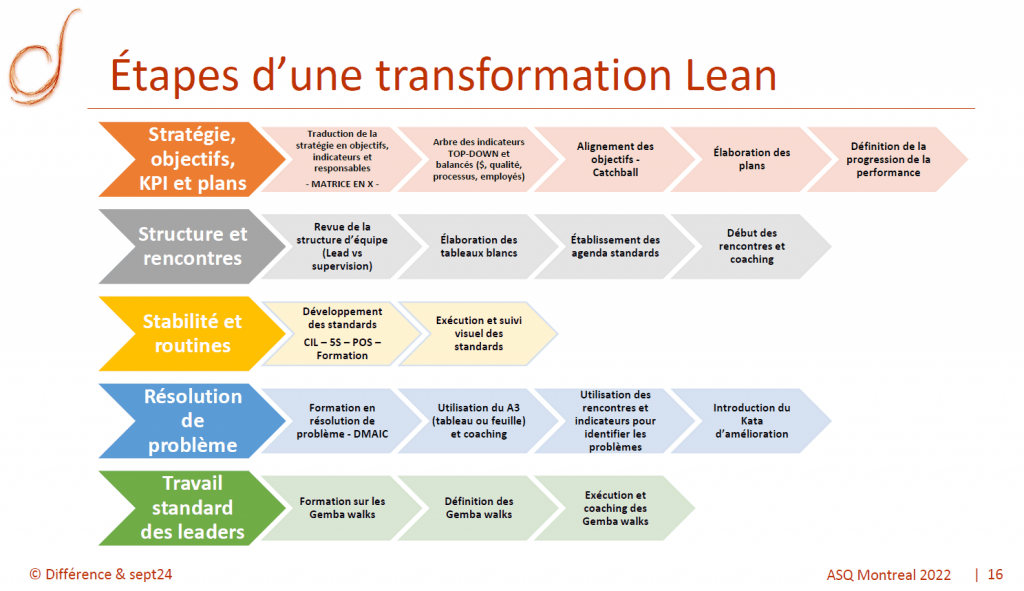
A very interesting notion using a strong “Employer Brand” as a key factor in the success of a “Lean” transformation. Martin Carignan has, for quite some time, demonstrated to fellow Quality professionals his skills and experience when it comes to explaining key elements of a Lean transformation. However, we were only recently introduced to the notions of “Employer Brand” by Alexis Carignan last September 2021. The two seemed completely different; Employer Brand being a HR marketing philosophy and Lean being an improvement management model. Yet both overlap and, more importantly, support each other.
This father and son team first reviewed the elements of Employer Brand. The Employer Brand reflects the experience an organization provides to its employees on a daily basis. When done right, Employer Brand generates an Employee Value Proposition that includes results like social contribution, relationships, challenges and development, innovation, autonomy, flexibility, and social responsibility.
A Lean transformation typically involves moving from a control and results-based management model to a learning and process improvement-based management model. It comes with six elements of operational excellence:
1 – Strategy and objectives;
2 – Performance indicators and plans;
3 – Capability development (PDCA);
4 – Team structure and meetings;
5 – Problem solving;
6 – Leadership and standards.
So where do these two approaches overlap? Simply put, in areas where the success in the Lean transformation depends on securing employee input and participation according to and respecting the Employer Brand experienced, e.g. determining KPIs, plans, team structures, and using meetings and KPIs to identify the issues to apply DMAAC problem solving methodology.
There were a lot of notions shared and observed during the presentation. The one that stands out for me is that using a strong Employer Brand sets the stage for intelligently leveraging the collaboration of all personnel involved in the affected processes, not just a handful of experts. Many thanks to Alexis and Martin for an excellent overview of how a strong “Employer Brand” can influence the success of a “Lean” transformation.
Notre prochain rendez-vous : Approfondir l’efficacité énergétique avec ISO 50001 Management de l’énergie (Going deeper into energy efficiency with ISO 50001 Energy Management) avec Cécile de Villemeur et Denis David (en France) (Webinaire en français | Webinar in French), le 23 Février 2022. Réservations
Had You Been There | Si vous étiez présent Read More »
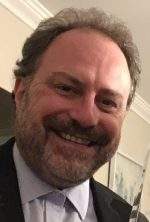
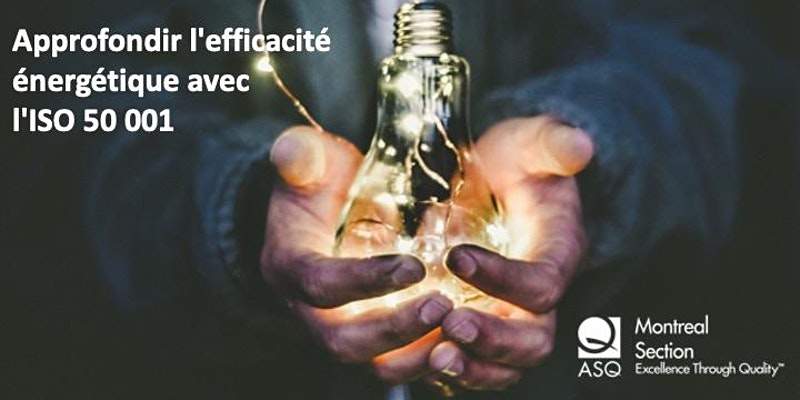
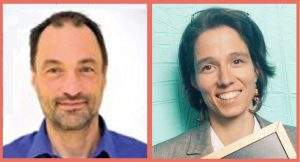

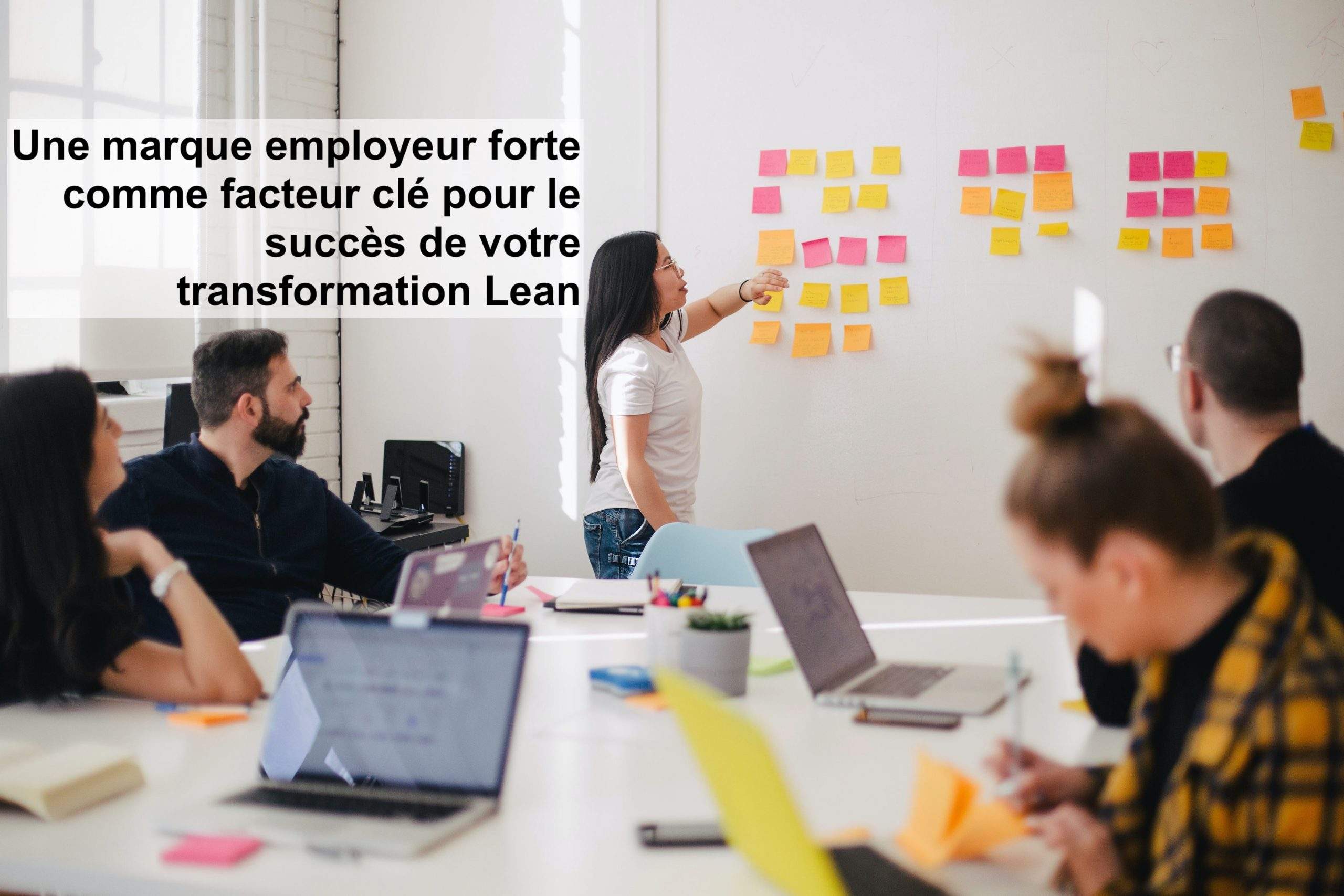

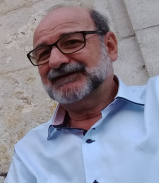
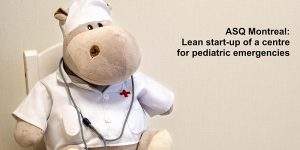 A lean start-up of a centre for pediatric emergencies
A lean start-up of a centre for pediatric emergencies
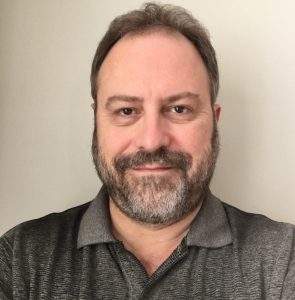
 Designing an organization that is grounded in lean philosophy, where we aspire for continued quality improvement, ask the 5 Why's, perform fishbone analysis, as well as pull fishbones from kids’ throats is no easy feat. But that is what our lean startUP decided to do… create a workplace environment in which the mission remains focused on high reliability through deliberate alignment of values, principles, and systems. Easy it is not…
Designing an organization that is grounded in lean philosophy, where we aspire for continued quality improvement, ask the 5 Why's, perform fishbone analysis, as well as pull fishbones from kids’ throats is no easy feat. But that is what our lean startUP decided to do… create a workplace environment in which the mission remains focused on high reliability through deliberate alignment of values, principles, and systems. Easy it is not…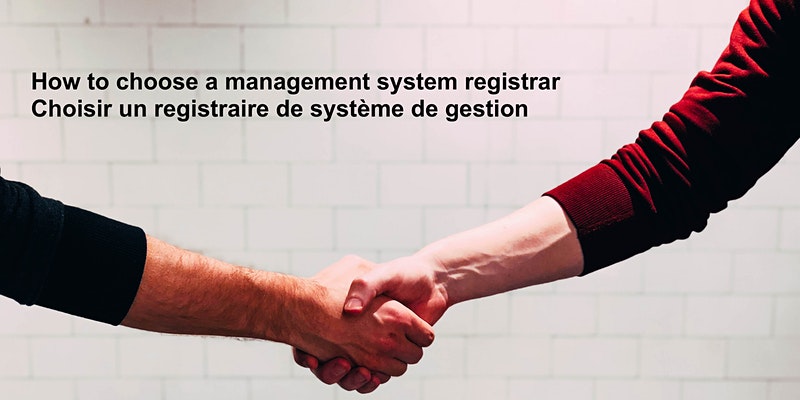
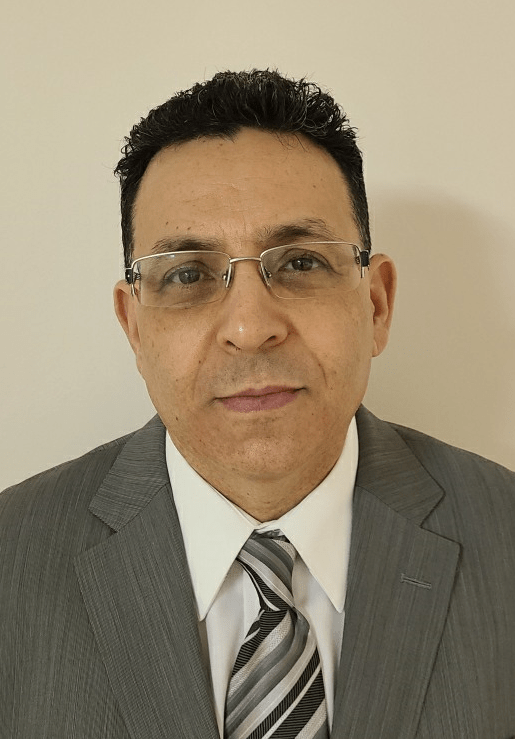

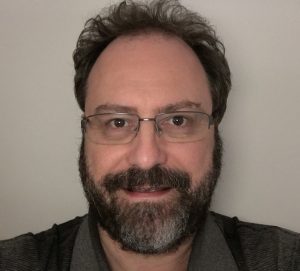
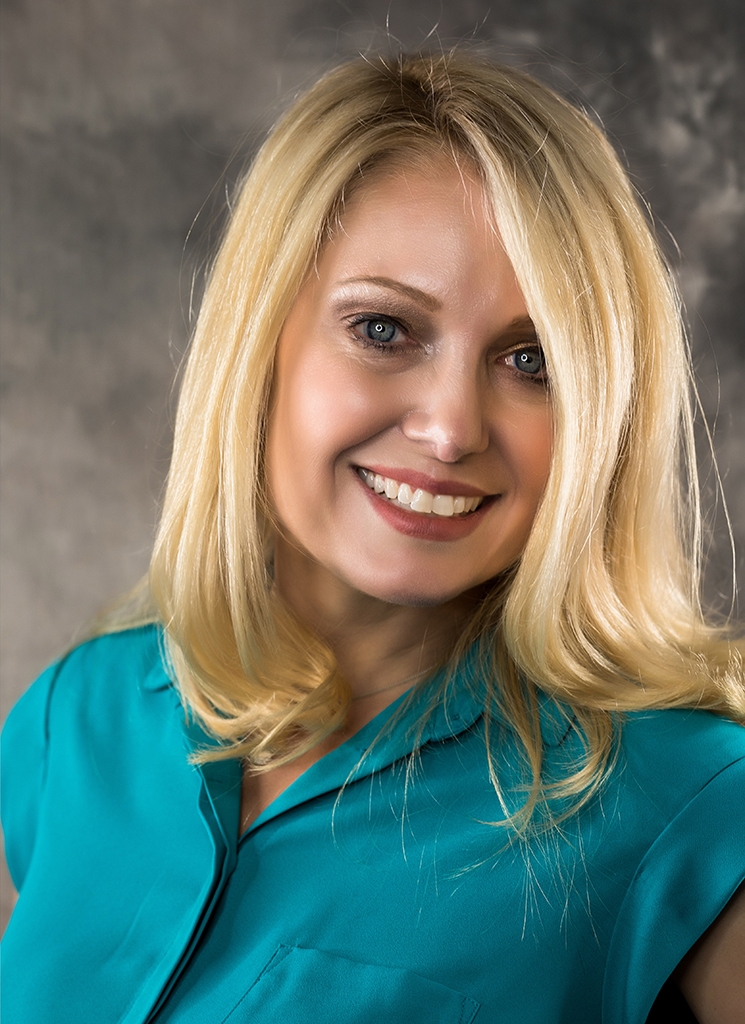

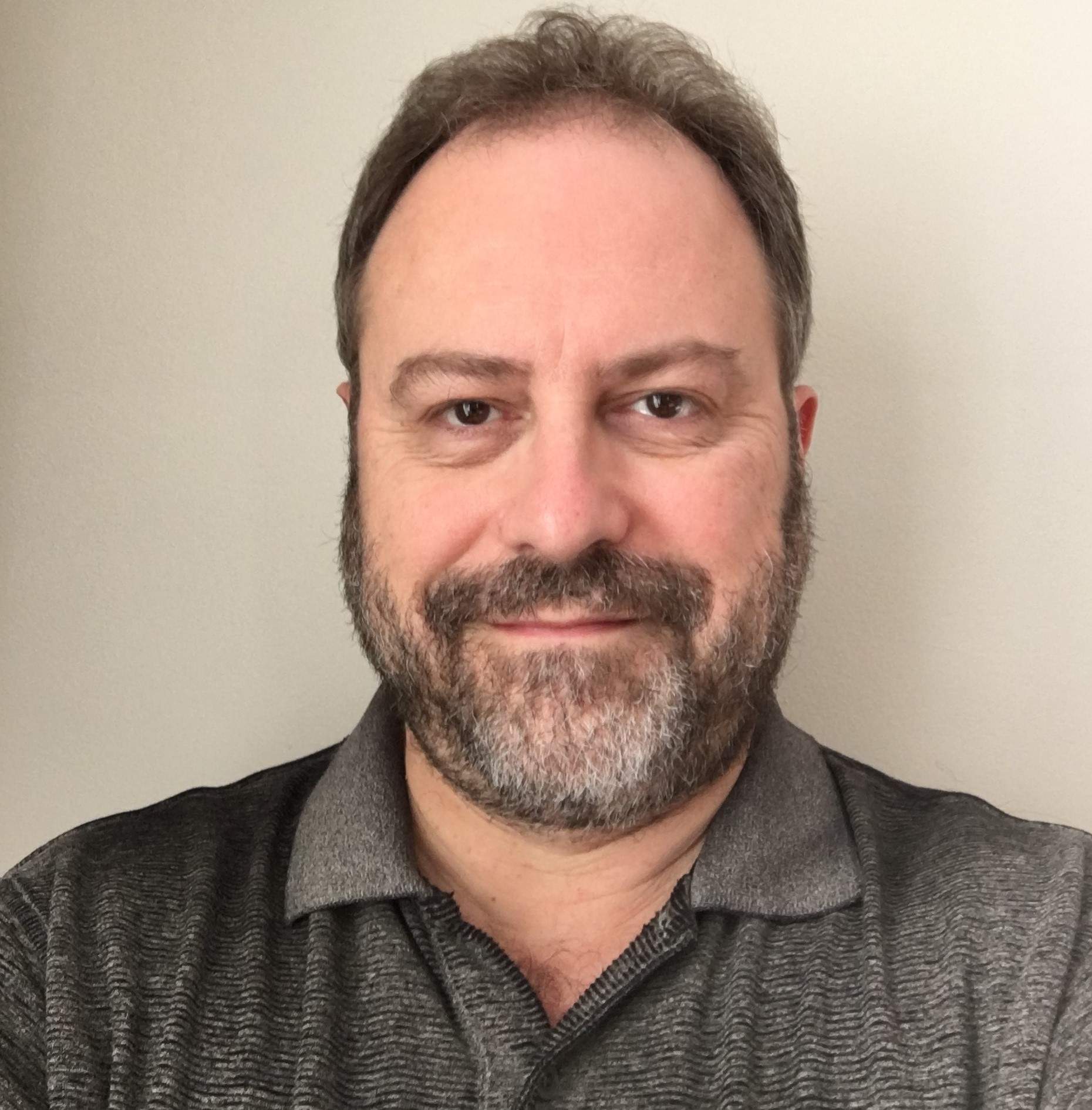
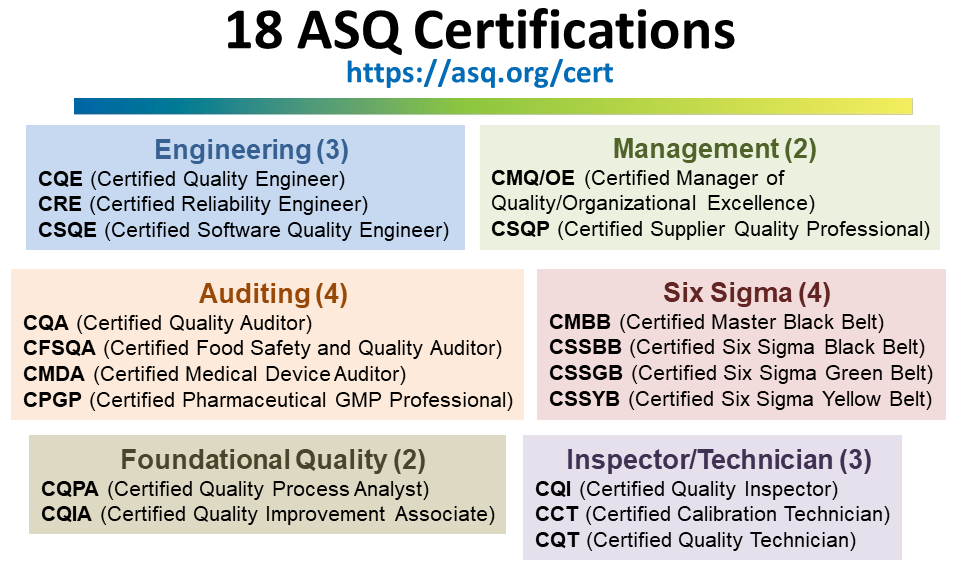
 Une présentation par Robert Vadeboncoeur, B. ing. et president de Optigén Maintenance Inc. "Une donnée est un élément brut, qui n’a pas encore été interprétée ou mise en contexte".
Une présentation par Robert Vadeboncoeur, B. ing. et president de Optigén Maintenance Inc. "Une donnée est un élément brut, qui n’a pas encore été interprétée ou mise en contexte".